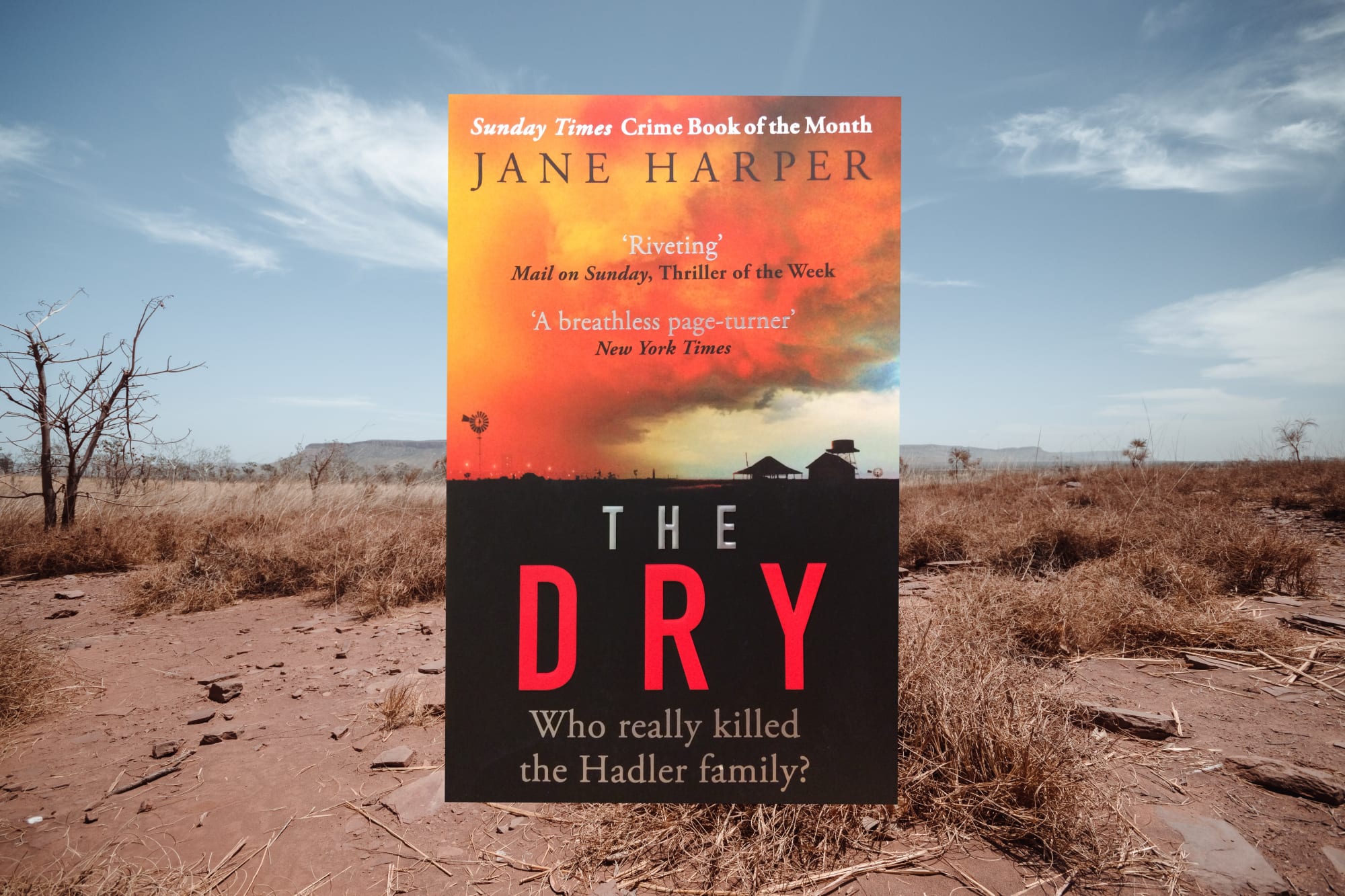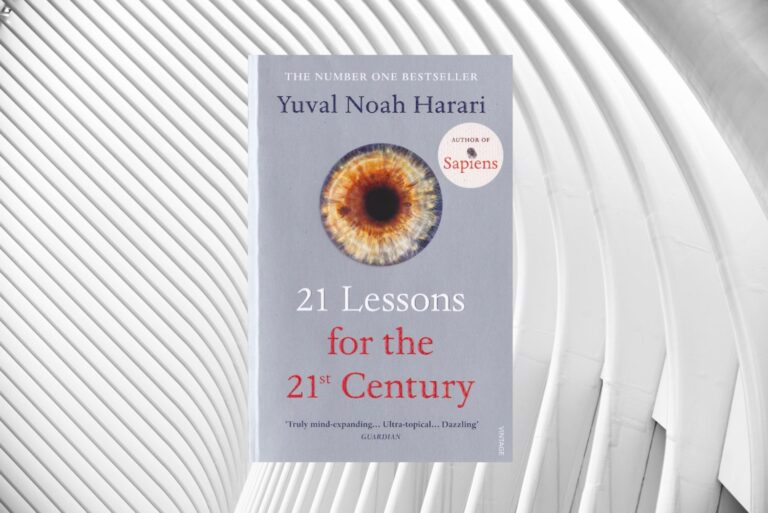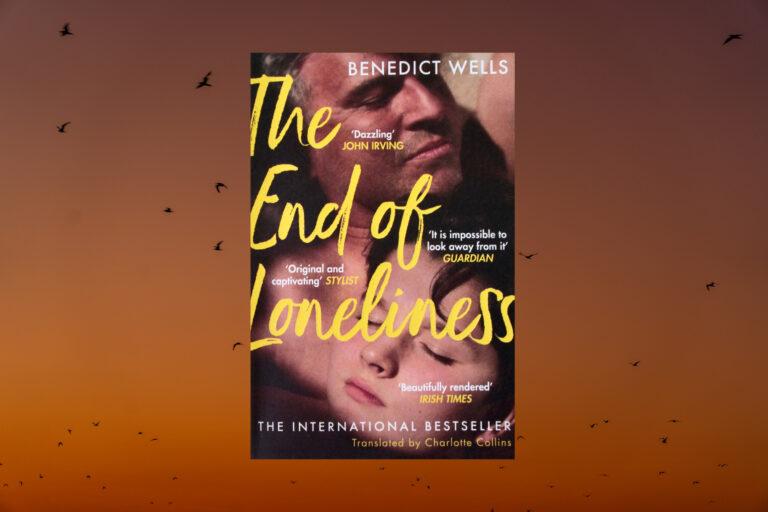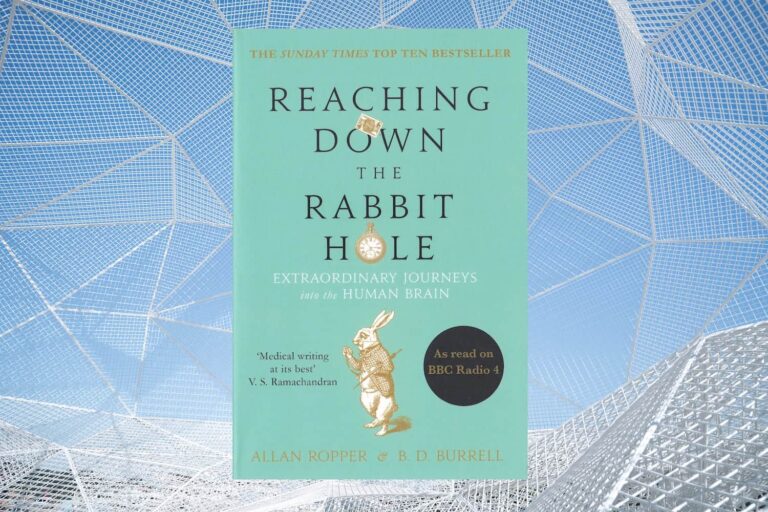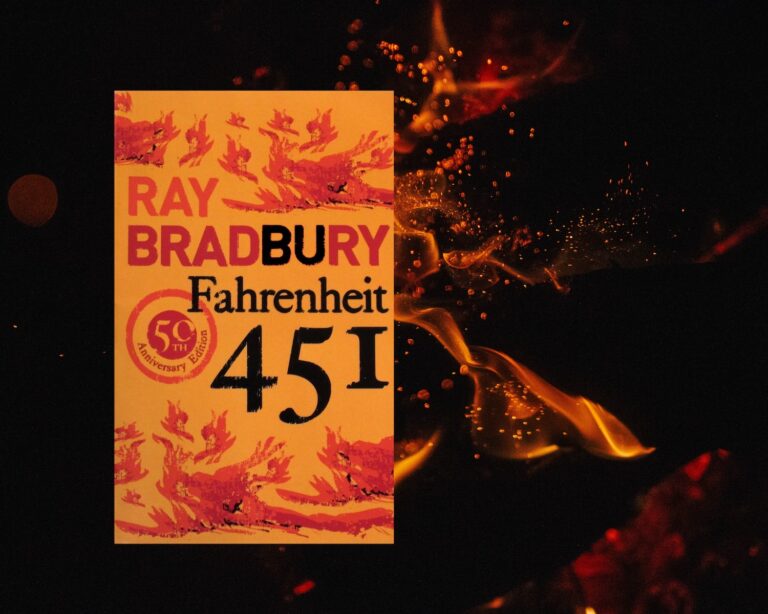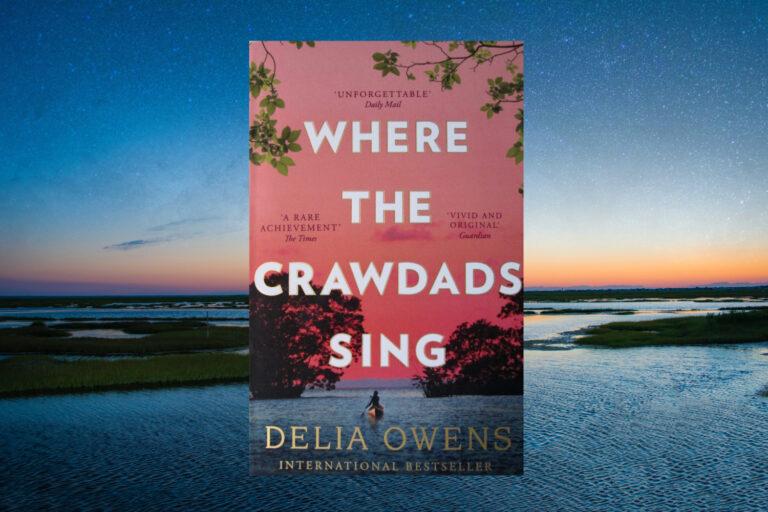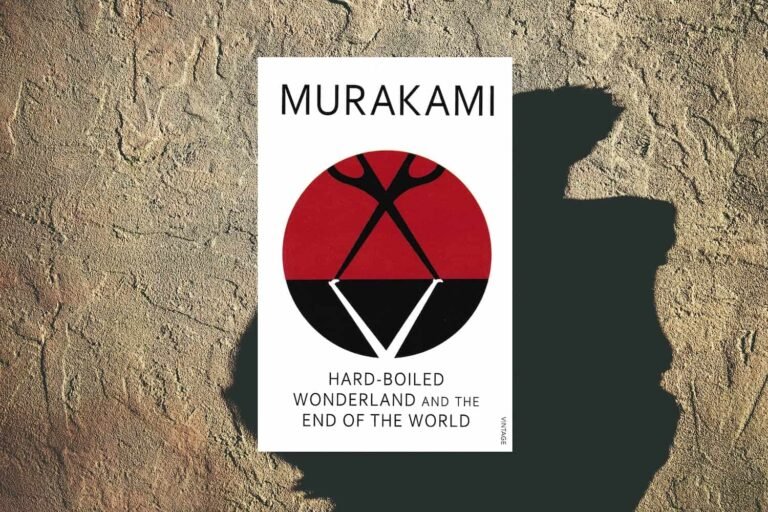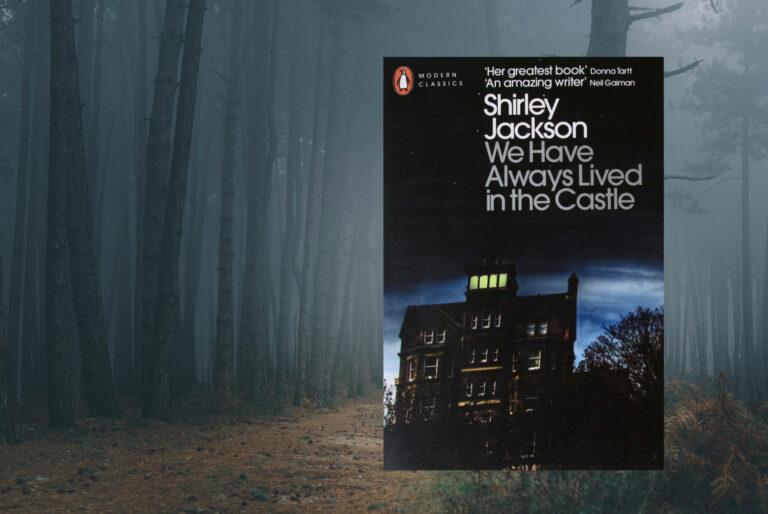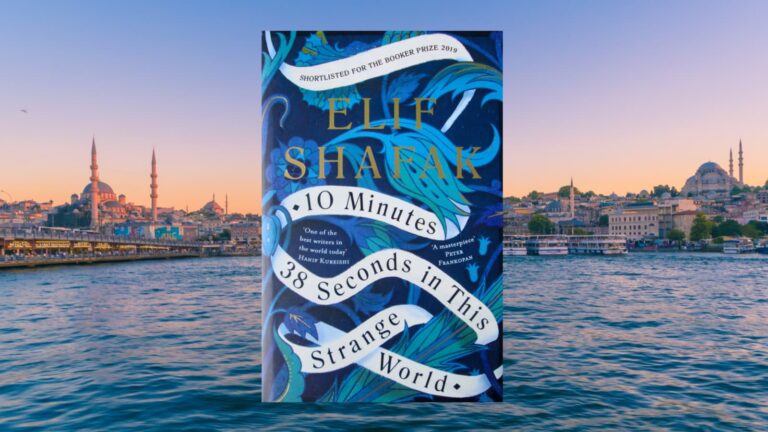In Jane Harper’s ‘The Dry’, a dying and desperate town is lashing out in its death throes. The drought having brought a new type of death, and with it the memory of the town’s last murder, or was it suicide?
When a family is found brutally killed, and the suspect amongst the dead, an old friend is forced to return to his hometown to pay his respects. But with this he’s forced to face the accusations of murder that drove him out decades earlier. But are the murders connected? And was a secret, made long ago, the cause?
Jane Harper not only sets the scene of a town in trouble and residents you can easily picture, (subsequently ‘The Dry’ was made into a film), but she also creates a likeable and realistic protagonist, Aaron Faulk. A federal agent in charge of financial crimes, Falk reluctantly becomes involved in solving the murder of his friend’s family, and with his friend counted as one of the dead. The difficulty and familiarity to the victims made worse by the possibility of it being connected to the suicide or murder of another friend decades earlier.
‘The Dry’ tells two crime stories split by time, with each one bringing the worst out in the town and its treatment of the ostracized Falk. But, thankfully, Harper provides a respite from this with local sergeant, Raco, who not only knows Falk’s secret, but is happy to work alongside him as he has his own doubts about the family’s murder and is desperate to solve the case.
The book starts with a simple introduction that’s full of power due to its directness, the settings of what’s to come and a scene captured so well that it’s drawn before your eyes:
“The body in the clearing was the freshest. It took the flies slightly longer to discover the two in the farmhouse…”
Instantly you’re hooked, and suspect, as does the protagonist, that this isn’t the murder-suicide it’s claimed to be. Often, you’ll find yourself trying to answer questions you don’t even know how to ask.
Set in present-day Australia, and in a town dying from years of drought – resulting in repercussions of poverty – Harper creates a real sense of barrenness and desperation. But it’s not only the landscape that’s at risk of fire, but also the people – their fuses short, their tempers accusatory and out of control. The book’s title – The Dry – is exceedingly well chosen, describing both the setting and for the state of the cases, with the clues having also dried up.
The structure of the book holds great appeal, placing you directly in the past and the present, for when the conversations or situations relate to events in the past Harper takes us back to those moments, so that we can watch snippets of untold truths, that are only to be revealed in the context of them occurring right now. The past and present melded together in small sections like a conversation, but with both being told to the reader as though we are there, experiencing them live. This captures the reader’s attention since you look to find answers to the past, while at the same time being led forward by today’s investigation. The pace is almost rhythmic, but never stale.
In styling the past not as flashbacks per se but in allowing the reader to see exactly what happened, you gain far more insight than perhaps the protagonist. This can lead you to seeing one or two clues that Falk fails to pick up on. There’s also a good deal of misdirection in the book, alongside a scattering of hints. At one point, just over halfway through, Harper makes a fairly obvious suggestion as to who the suspect may be. It’s one of those times in a thriller where there’s an out of place reference or moment which causes you to wonder why mention them or it at all? What purpose does this achieve? Until you realise it’s a breadcrumb that’s been placed for later, and with it your suspicion moves directly to this character. However, the book’s twist comes not from the suspect, but in the question as to the why and how. This takes a far more interesting angle, and a great strength to the book’s mystery in not knowing how the clues line up.
Aside from suspects and clues, the book touches upon different forms of grief, and how guilt can eat away at you. It is not delved into too deeply, but this aspect provides a more human perspective, and with it a desire to bring closure to those left behind.
Harper also fills the book with short but charged descriptions, that surround you with a sense of what it is like to be there, and of the character’s personalities rather than physical depictions:
“She radiated an energy that begged to be basked in”
When the final reveal is made, the book still engrosses the reader by having a desperate culprit, one that’s already been shown to be dangerous when cornered. However, by the book’s ending this is pushed a little too far, veering instead into a certain maniacal behaviour that doesn’t quite fit with the character’s earlier coldness. Still, Harper provides plenty of closure and a very neat and tidy ending to this story, but it does come at the cost of having any vindication for another part of the novel. Many will love the ending, the “what ifs” always being popular. Personally, I would have liked an air-punching victory and seen the walls cave in on some very unlikeable characters.
Although the ending loses itself a little, the momentum it carried is still gripping – enough to make you read through the night. A brilliant crime thriller, The Dry will have you hooked to read more of Aaron Falk’s investigative work, while Jane Harper’s visual style will place you well within the story.
Other Notable Works by Jane Harper:
- The Lost Man 2018
Book Edition Information
Publisher: Abacus, imprint of Little Brown Book Company
ISBN: 978-0-349-14211-1
Cover Photographs: © Dale Kaminski/Getty Images
Presented Edition: Paperback 2016
Background image courtesy of Fiona Smallwood from Unsplash

